The Power of the Winch: Advanced Techniques and Methods for Recovery
The Power of the Winch: Advanced Techniques and Methods for Recovery
- The Power of the Winch: A Guide to Off-Road Domination
- The Power of the Winch: Learn the Basics of a Winch Line Pull
- The Power of the Winch: Advanced Techniques and Methods for Recovery
We’ve discussed the merits of owning and using a winch in previous articles, but today we’re going to be talking about more advanced techniques for getting yourself out of trouble. Some of these practices are extremely dangerous and should likely be left to the professionals. The point of covering it here is to make the information available to you as a self-sufficient traveler for bugging out or extremely remote overland adventures. When you have no other choice, some of these methods may be the only option you have to get yourself and your family out alive. We’re here because we want to be better in every facet of our lives, so don’t be stupid.
Standard rules apply here. If you’ve been drinking, as is common around the campsite, then you can’t help with these recoveries. I can’t tell you what to do with your body, but please consider everyone else involved. As always, pick one project manager to handle the recovery. If at all possible, the leader needs to be removed from actual operations so they can properly supervise and coordinate the recovery event. Now let’s get stuck into it.
Advanced Snatch Blocking with a Winch
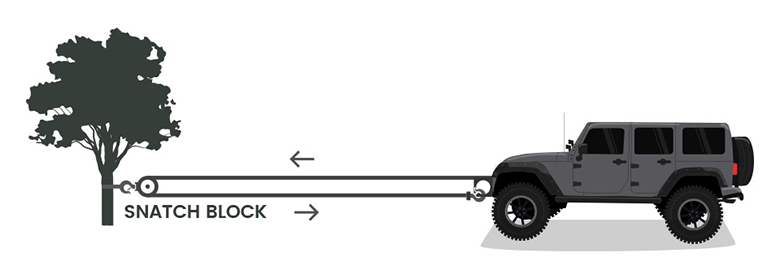
Previously, we discussed using snatch blocks to both change your angle of attack and increase the amount of work your winch can do in a given pull. If you recall, the rule of thumb is that you double your pulling power and half your pulling speed by doubling the line back on itself. Let’s talk about some of the math involved in those pulls and how it can compound recovery efforts while increasing the life of your equipment.
Essentially, the snatch block splits the weight of the load you’re pulling across all of the lines as they’re doubled back. For example, using a single snatch and hooking the line back to the winching vehicle “doubles” the power, or splits the load across the two lines. Using two snatch blocks can triple or quadruple the amount of force depending on the setup. There’s no limit to the number of blocks you can use for a pull, so long as you don’t overload your weakest piece of equipment. I’ll leave you to determine which components aren’t rated for the pull.
I tend to say something is doubled or tripled because this keeps my mind in the right place during a pull. My winch may be rated to 10,000 lbs. but I can effectively double that and pull 20,000 lbs. with it. There’s already a problem because the line isn’t rated for that kind of work and will likely break under load in extenuating circumstances. Using snatch blocks to effect massive force on a load is fine, but remember to make sure every component is rated for the maximum amount of force that can be applied. If the load becomes too stuck to move, you could remove the winch from the frame of your vehicle in an extremely violent and expensive manner. That’s a sarcastic way of telling you that it’s easy to mess this up and destroy any number of things in the process. Although I think it’s important to point out that your winch mount isn’t likely the first thing to go in this scenario, as the weight is evenly distributed across each segment of the winch line.
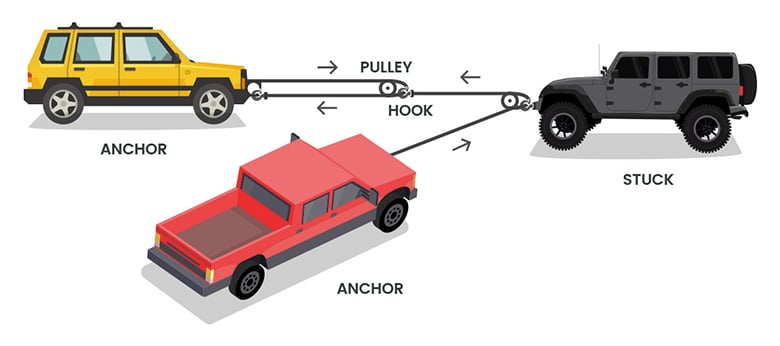
In the graphic above, we can see that there are two anchor vehicles performing a recovery of a stuck vehicle resembling a Jeep. Even though the stuck vehicle appears to be expensive and well-outfitted, it is in fact not rated to handle the kind of terrain in this demonstration. The yellow vehicle resembling a Range Rover understands that it doesn’t have the weight or the winching power to move the stuck vehicle so they’ve contacted a good friend that owns a large pickup truck resembling a Ford.
Unfortunately, the red pickup doesn’t have a winch outfitted to their vehicle, but it does have rated factory tow hooks. So a static line or cable can be used in the connection from the red truck, to the jeep and doubled back to the snatch block in the center of the image. The most common setup for this configuration is usually a winch on the red truck, but there are plenty of options here. The Range Rover then simply feeds the winch line out, passes through a snatch block and doubles back to a recovery point on the same truck. The Range Rover in this illustration is the only vehicle performing work in this equation and produces the capacity of 4x the rated power of its winch.
Rollover Recovery
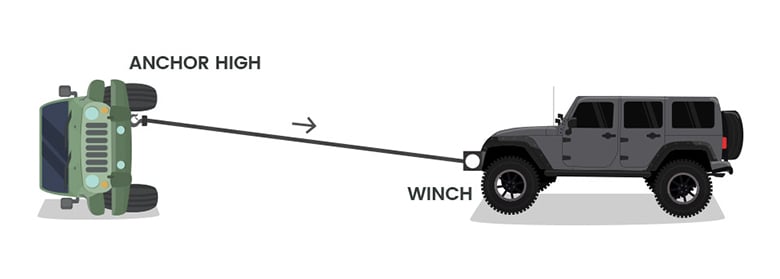
Don’t do this. Above is a simplified illustration that’s probably unnecessary and also dangerous. If you’ve rolled your vehicle on the trail and it’s possible to get a tow truck or another professional there to fix it, then you need to do that. There was recently a Unimog rollover in Big Bend and I think it took them a couple of days to get that sorted out because they needed a very large crane to correct something like that. That’s also a good idea of what the limitations of this exercise are going to look like. You can probably get your Jeep or Toyota back on its wheels and cruise out after a fuel reset procedure and checking the cylinders for oil/fuel excess.
So you’re not going to call a professional or you need to get out of a really bad situation, fine. Using any number of combinations of snatch blocks and vehicles with winches, set up a high anchor point somewhere on the frame or dedicated recovery point. The ideas here are quite simple. The vehicle rolled because the terrain is steep and the driver ran out of talent. When the vehicle comes back onto its wheels, that terrain will continue to be a player in this game. Often times, groups are more concerned with getting the truck back onto its wheels and they forget some of the most important things in a recovery.
First things first, you’re going to want your emergency brakes off, lockers disengaged and transmission in neutral. There’s going to be quite a bit of shock on the driveline when the truck bounces into a righted position. This is going to be really hard on your components and may very well break something. The problem with this is obvious; the truck is free to roll up or down the very obstacle that rolled it. It’ll be important to coordinate winching with a vehicle uphill of the recovery so that one winch can be used to right the vehicle and another can be used to maintain tension to keep the vehicle from rolling away.
It’s not uncommon to anchor all winching vehicles to trees, boulders, etc. If things go horribly wrong and the stuck vehicle gains any meaningful momentum, it can destroy equipment or take another truck with it. Use winches, extensions, snatch straps and more to ensure everyone is safe.
The next consideration is going to be how to make the truck pivot. There’s a chance the truck doesn’t actually fall back toward the winching vehicle, but rather slides and shimmies toward it. This was one of the problems we faced not too long ago. The truck was on its passenger side (seems to be the more common side for a rollover) so we dug a short distance into the ground near each passenger wheel and stacked heavy rocks as an obstacle to force the truck to pivot. You don’t want to go too high on the rocks, hence the digging, as the axles/axle tubes are in danger of bashing into them once the vehicle is righted. Other options included tethering the lower side wheels to trees or another vehicle. Forcing the pivot isn’t a common thing, but be aware that it can happen.
From this point, have someone mechanically inclined check out the engine and gearboxes to make sure nothing’s going to run dry or blow up. If oil has made it into the intake or cylinders, it’s a short matter of time before they bend a rod or blow a head gasket. Once the vehicle is determined to be safe for starting, fire it up and continue what you were doing. If she’s not going to run, then you’ll want to consider the difficult task of towing the vehicle out of there. Just remember that a tow ball is not a recovery point. Make good decisions.
High Angle Recovery
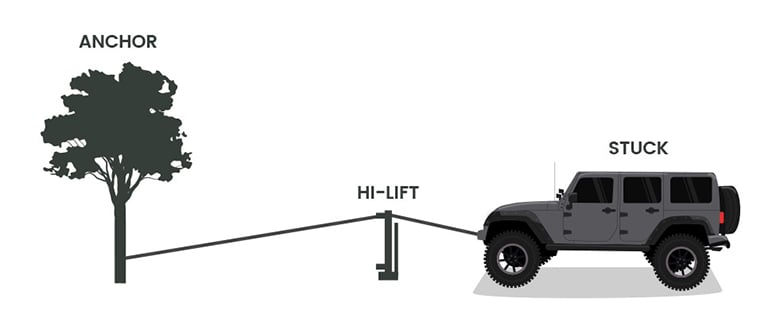
We’re going to illustrate the Hi-Lift maneuver that I’m such a huge fan of and we’re going to touch on a few other things that will help keep your suspension in one piece during a winch pull. This doesn’t need to get too technical as we’ve already covered it in some regards and the rest should be pretty intuitive.
If your vehicle is stuck in very deep mud or you need to winch up and over an obstacle, a winch can help you do more damage than assistance. On very steep inclines, you’ll want to get the winch anchor point set really high up in the air. This will require large trees usually, as this is quite a tall order, no pun intended. Consider your options for high mounting points before pulling. This will ensure that you’re not adding shear stress onto your suspension components and will prevent your winch lines from giving up in the middle of the fight.
This is equally true for pulling a vehicle from the mud. We’ve mentioned previously that it’s quite simple to find videos online that show the undercarriage being ripped clean from trucks by much larger trucks. High mounting points for your winch will help to break the suction created by thick mud. If the mud pit is really soupy, it’s probably not a big deal, but you want to be sure that the angle of your winch line is at a reasonable angle to permit the vehicle to be pulled up and out of the pit.
However, when the mud is beginning to dry the dynamic changes dramatically. Thick mud creates this kind of suction around the wheels of the truck and keeps them locked in place. Choosing the high angle of attack will help considerably in getting the vehicle moved.
If a high mounting point isn’t an option, you can create an artificial one using a Hi-Lift Jack, thick logs, large rocks, etc. The thing to remember in this regard is going to be the weight limit of the Hi-Lift bar. They typically don’t like numbers above 5000 lbs. and may break the cast iron ladder bar if things get too intense. The front of a truck likely isn’t going to exert enough force to break the Hi-Lift if you’re driving in a controlled manner. This is definitely a stunt that I’d reserve as a last resort in some of these scenarios. On steep climbs, for instance, you’re going to be on the throttle pretty good and this can create a more dangerous situation for your vehicle, gear and bystanders.
Conclusion
While there’s no way to be truly exhaustive in three articles, we’ve covered quite a bit. Always keep your gear clean and well-maintained. Mount everything in a safe and secure manner, don’t take unnecessary risks, pay attention and have fun. We take on these activities because they’re fun and they provide us with a meaningful opportunity to grow in our skillsets. Always select one person to lead complex recoveries and stick to it. Slow down and take your time to establish hand signals. If someone seems agitated, remove them from the equation or take charge of the situation. I’d rather be extra cautious and catch hell from my friends than have to spend the night in the hospital wondering if I’ll get my eyesight back.
Your winch is an incredible piece of equipment that will get you out of some wicked situations. Take care of your gear and your gear will take care of you. Remember that there’s no reason to fear your winch, but the need for healthy respect cannot be overstated.
Editor-in-Chief’s Note: Derek Gill has been a Plank Owner here at ITS from the beginning and has an extensive background in healthcare, pharmaceutical research and technical diving. He’s been certified in SCUBA since 2000 and diving technical/CCR since 2010. He speaks several languages including Russian and Spanish as well as several computer languages. These combined skills have opened the door to more creative ventures in Network Security and Physical Security consulting. Derek is a veteran of the US Navy and a former Navy Corpsman who worked alongside the US Marine Corps. His military nickname, “Witch Doctor,” has stuck with him ever since and it can now be found across many internet forums where he takes pride in trolling sensational zealots from multiple industries.






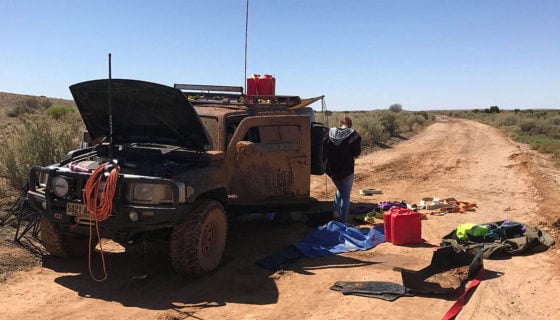
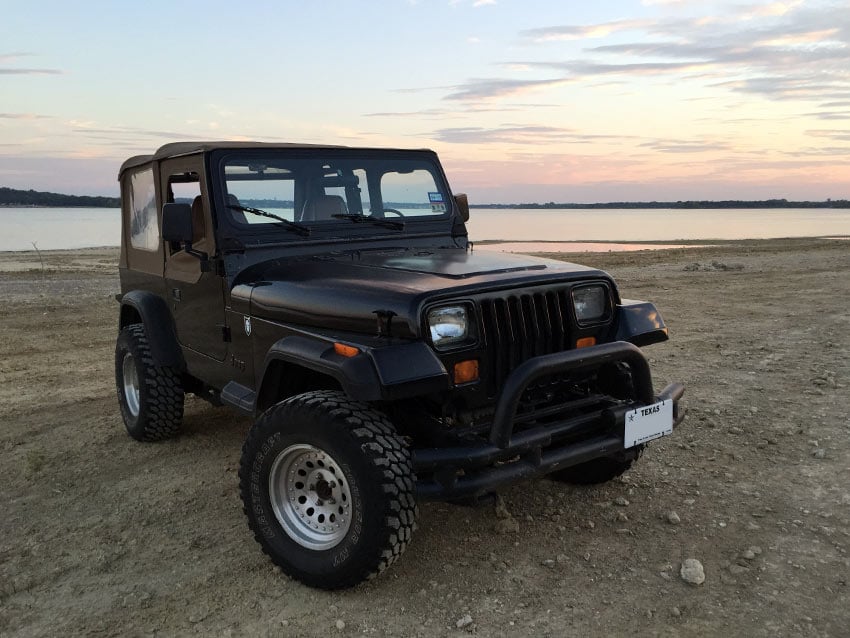
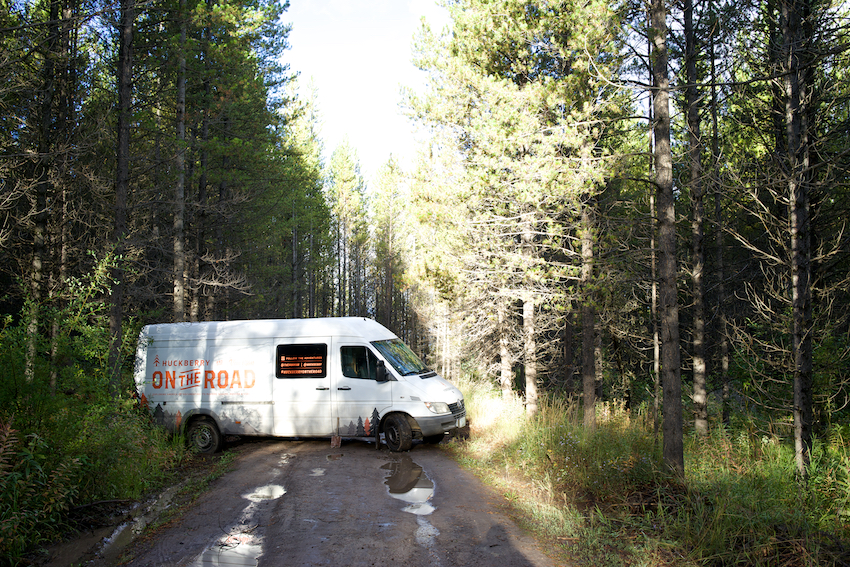
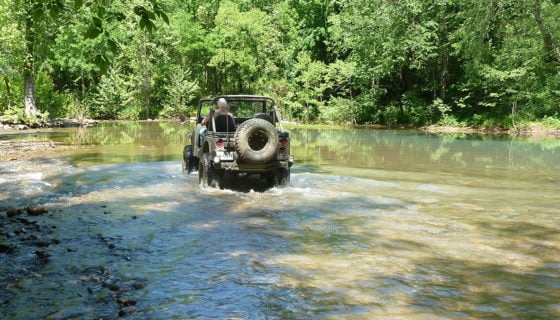

Discussion